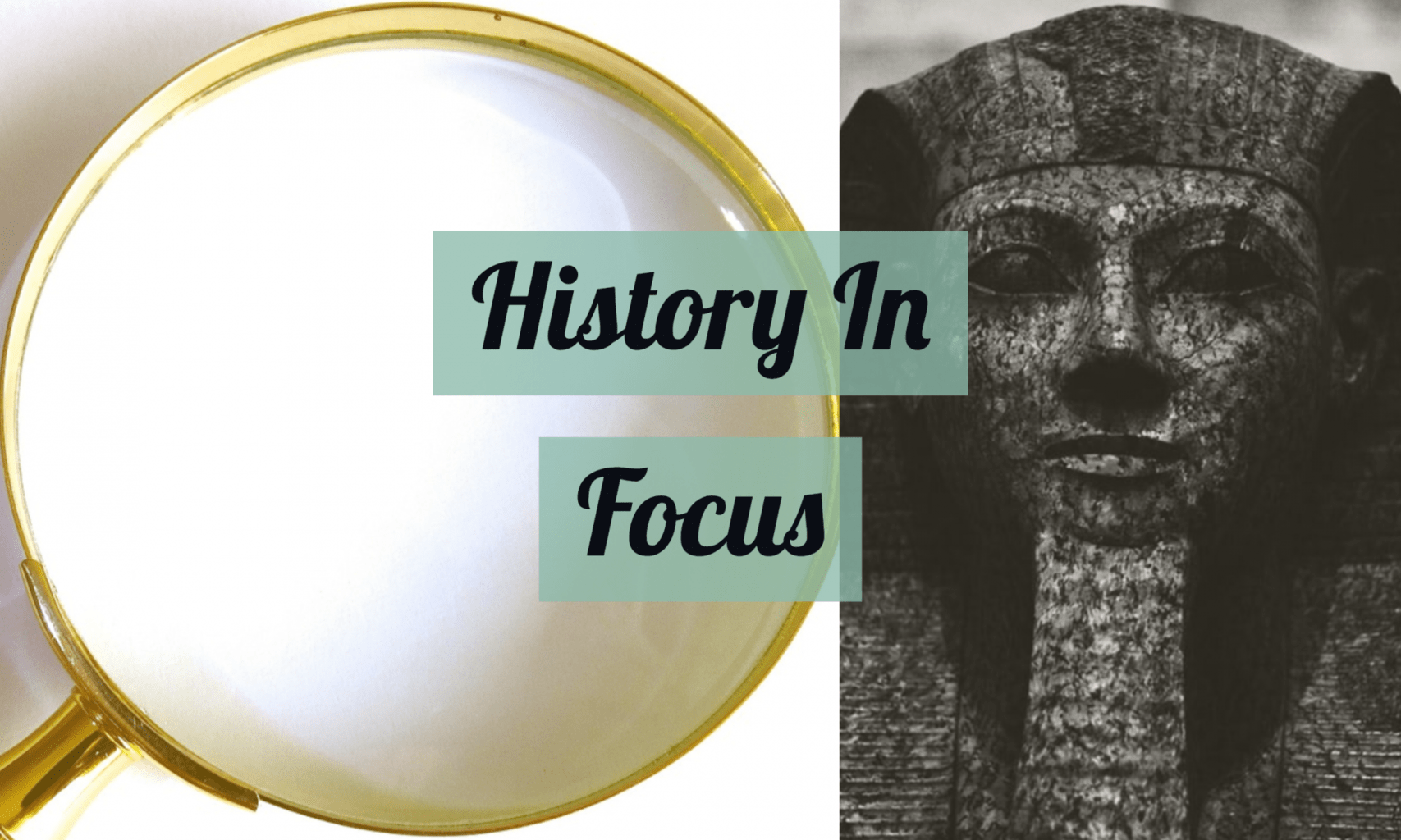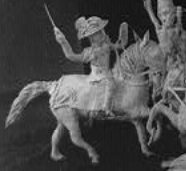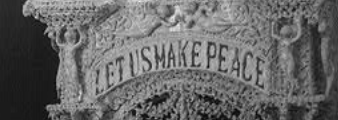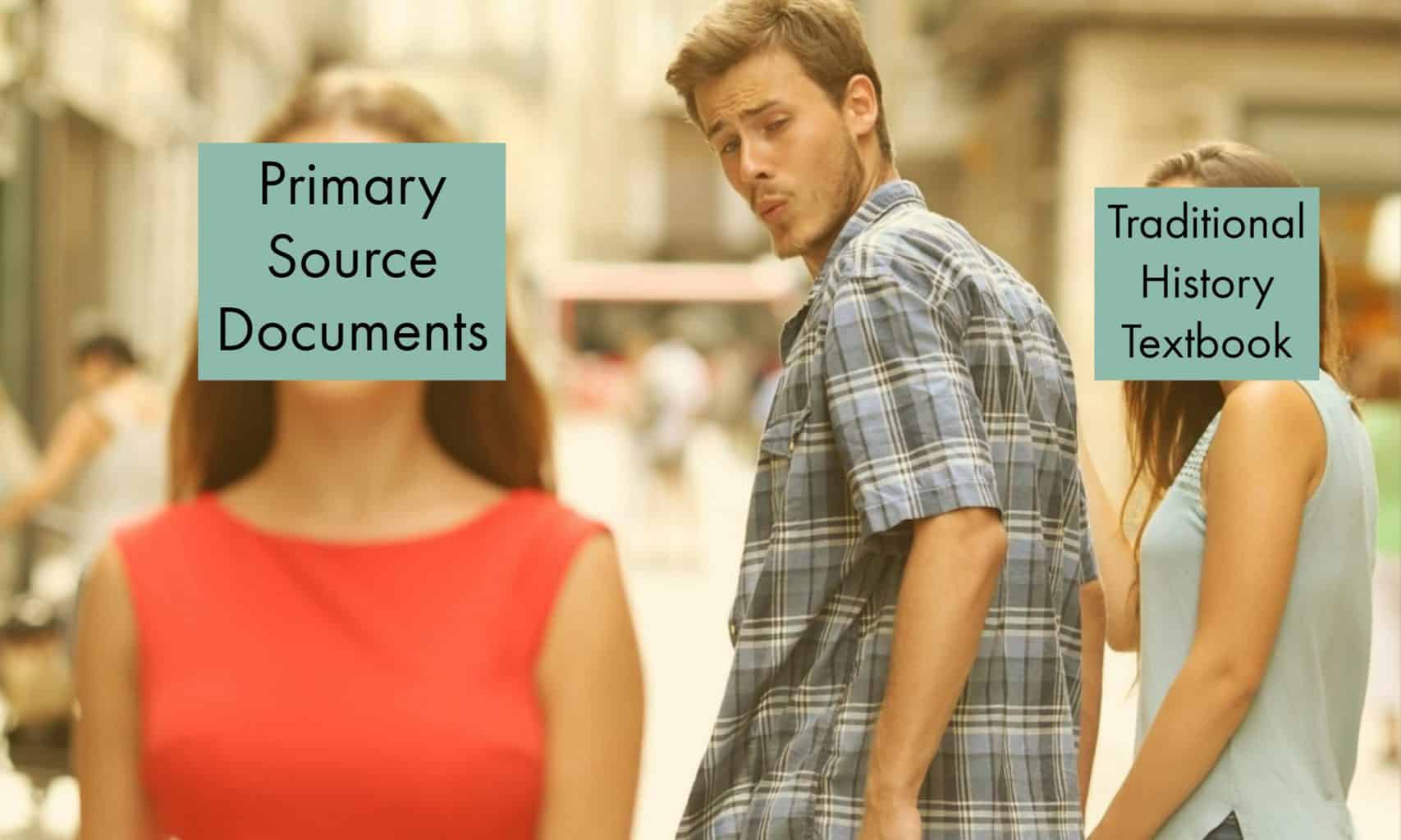The lesson I’ve created is made to be an opener to a unit on geography. The activity is meant to be for the 9th graders that I’m working with at my school, however it could be a good opener to a geography lesson for middle schoolers and lower grades in high school.
The essential questions I’d like us to discuss during the class period are: What story do maps tell and How do maps reflect history, politics, and economics?
During this lesson, students will be attempting to draw the a map of the world from their memory in pairs at the beginning of class. Following this activity, the students will compare their maps to a contemporary map of the world. In a large group discussion (the entire classroom), the students will question why certain parts of their map are less accurate than others, and why certain parts are very accurate. They will relate these observations to the essential questions. To finish the lesson, students will compare a map created by Ming China in the 14th century, and attempt to get an understanding of what story this map tells about Ming China.
For the specifics of the lesson, I plan to use the first 3 minutes to introduce the students to the lesson of the day with a focus question written on the smart-board : “What stories to maps tell us?”. Students will work together and think-pair-share the question to with the entire classroom. Following the intro, I will use 2 minutes to explain the largest part of the lesson, the “Draw the World” activity, where students will individually draw the world to the best of their ability on a plain white sheet of paper. I will do this activity too. I will give the class 7-9 minutes for this portion, where I will ask if anyone needs additional time at the 7 minute mark. After this portion, I will project a map of the world using the smartboard, and students will look at what parts they had that were accurate, what parts they had that weren’t accurate, and attempt to explain why their maps were drawn the way they were. I will go first, to model what I’m looking for, and explain how the deficiencies and accuracies of my map reflect my own individual history and life story. With the remaining time in class, we will switch over to a map of Ming China, and attempt to discover what story that map tells about China during the period in which the map was created. Both discussions will revolve around the essential questions for the class period.
Timeline:
00:00-03:00 – Focus Question
03:00-05:00 – Directions for the “Draw the World Activity
05:00-13:00 – “Draw the World” Activity
13:00-19:00 – Discussion and debrief of “Draw the World Activity”
19:00-22:00 – Map of Ming China Activity















